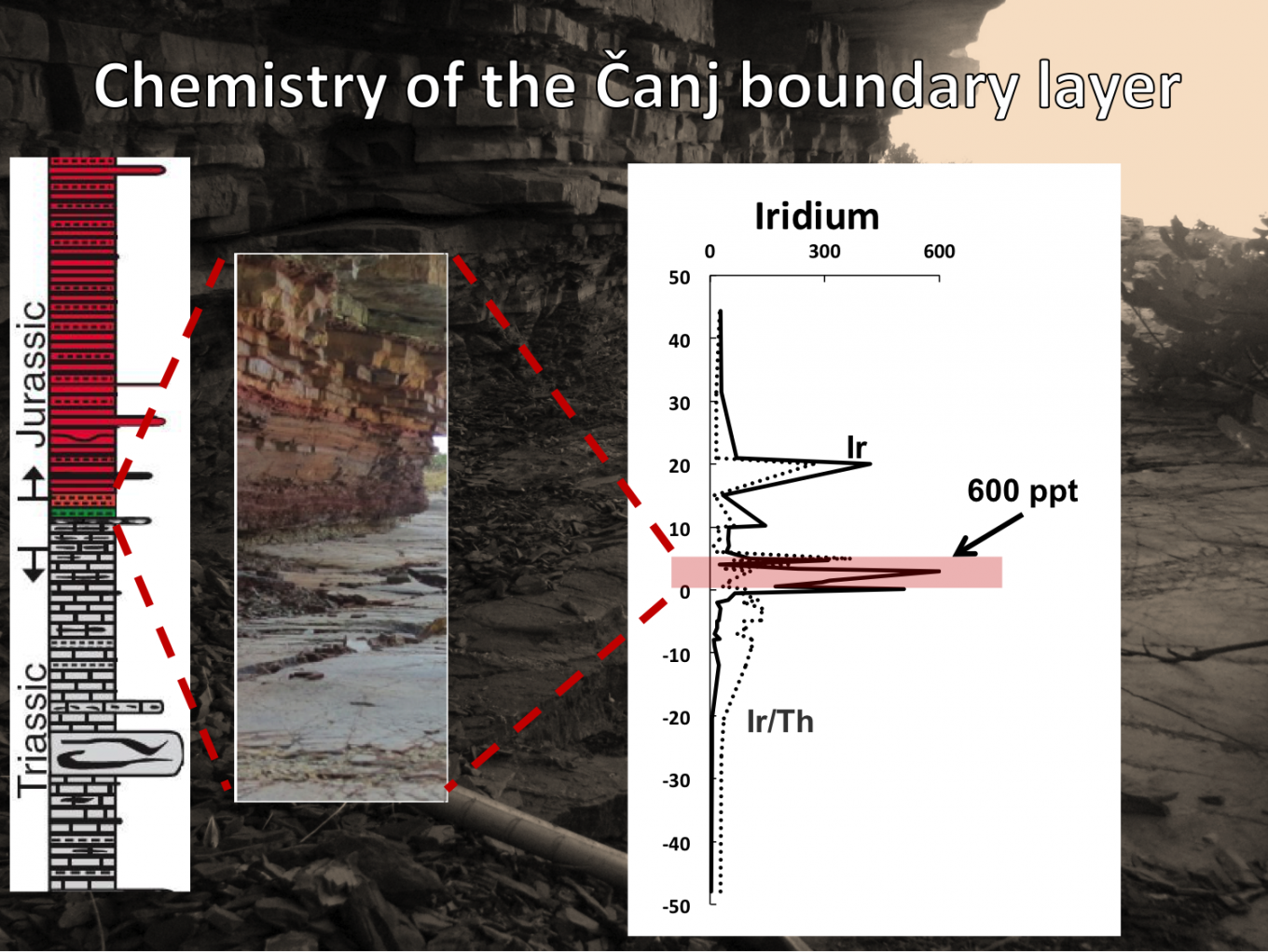Seminar: A hint of Geochemistry
A hint of Geochemistry and a dash of Evenstratigraphy
An introduction to Sietze de Graaff
Most (if not all) theories regarding Earth’s geological processes are debated. Two such debates are the end-Triassic extinction event and the formation of the Oman-UAE (or Semail) Ophiolite. This abstract will briefly discuss the results of the Semail Ophiolite research (MSc thesis) but will focus on the end-Triassic extinction event (BSc thesis) due to the relevance to the PhD project of the author.
Previously undescribed intrusions are reported in the southern, Omani part of the Semail Ophiolite that are comparable to supra-subduction zone magmatism found in the northern, UAE part of the ophiolite. The geochemical compositions and variations with increasing SiO2 of these intrusions shows: 1) melting of a depleted (likely Indian-MORB type) source, 2) chemical fractionation of amphibole and 3) enrichment in fluid mobile elements (eg. Ba, U and Sr). These characteristics are comparable to many arc-type magmas. Documentation of these intrusions across large areas of the Omani part of the Ophiolite suggests that this type of magmatism is more widespread than previously believed. Where some authors argue for a Mid Oceanic Ridge origin of the ophiolite (e.g. Nicolas and Boudier, 2011) these observations imply the entire ophiolite formed in a setting that allows for the formation of arc related intrusions, such as a supra-subduction zone setting.
Most theories about the end-Triassic extinction (ETE) event involve a relationship with the early Jurassic central Atlantic magmatic province (CAMP) large igneous province (LIP). New evidence from the Čanj section in Montenegro challenges this theory, indicating an impact event as a cause for the ETE. The Čanj section in Montenegro provides a continuous deep-marine succession containing the Tr-J boundary. The section exposes cyclic Triassic limestones, which are overlain by carbonate poor cyclic Jurassic red beds. The boundary between the lithologies is sharp and is marked by a few-cm thick grey clay layer, which coincides with a negative δ13Corg excursion that is interpreted as the start of the ETE (Črne et al., 2011). An abrupt loss of CaCO3, enrichment of Ni, Cr and Co and a modest enrichment of Ir (±600 ppt; <50 ppt average background; Fig. 1) is observed at this clay layer. Fourier transform of the cyclicity in the section yields sedimentation rates of 3.7 – 5.0 mm/ky for the Triassic and ± 3.4 mm/ky for the Jurassic (Fig. 2). Extrapolation of the sedimentation rates to the boundary layer suggests it is deposited within 15 ky. Observations at Čanj fail to explain how the onset of CAMP had a major, abrupt effect on the global δ13Corg during the first 15 ky, whereas hardly any effect is observed during the continued outpouring of CAMP over the next 600 ky. Considering the enrichment of Ir, Ni, Cr and Co (elements often associated with impact events) and the sudden lithological change similar to that of pelagic environments across the K-Pg boundary (e.g. Alvarez et al., 1990) we argue the ETE to be caused by a catastrophic large impact event.
Alvarez et al. (1990) Science 250(4988) 1700-1702; Črne et al. (2011) Geol Soc Am Bull 123(1-2), 40-50. Nicolas and Boudier. (2011) J Geophys Res-Sol Ea 116(B3)
